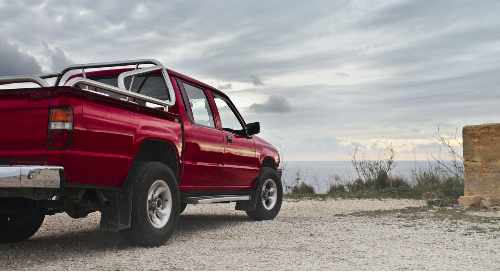6 Easy Tips for Maintaining Your Car While Working From Home

With many of us currently working from home, our daily commute to the office has now turned into a back and forth between the home office and the kitchen. Since this routine does not require a vehicle, our cars are left sitting in our driveway, parking lot, garage, or parking spot. Regardless, it’s safe to say that most of us have been driving much less since our home office days began, which isn't ideal at all for automotive health.
However, what happens when the day that we get to go back to the office finally arrives, and our car doesn’t start? Or, it just doesn’t sound or drive like it used to a few weeks ago? For some of us, including myself, such an event can be heartbreaking.
To prevent such things from happening, we should establish a weekly routine of preventative maintenance that can help to avoid these fears from occurring, and keep our cars “race-ready” for that first commute back to the office.
Below are some tips from igus® for taking care of your vehicle while working from home.
Review your vehicles maintenance history
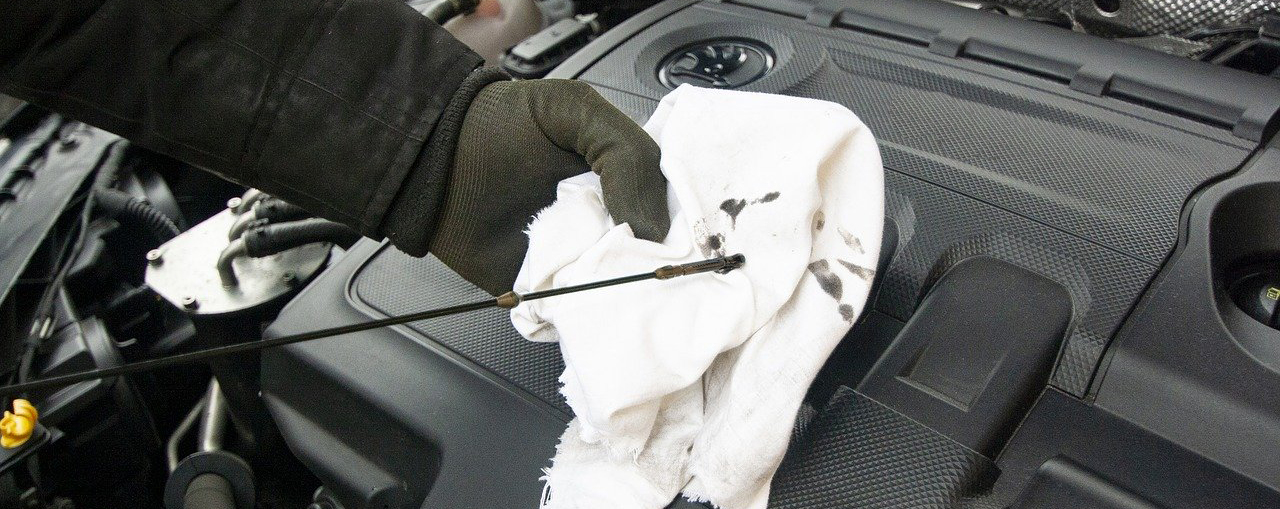
It can be hard to keep track of everything at times—there’s only so much that we’re able to remember. With so many of us driving so much less, now is a better time than ever to review your vehicle’s maintenance history and to check if you have any outstanding services overdue.
A driver’s manual from the OEM should have been included with your vehicle, which contains a maintenance schedule based upon mileage and/or time. If a service was missed, or just not performed, it can lead to a bigger problem at a later date—possible issues with bearings, linkages, or even internal cable management. If possible, you may want to consider bringing your vehicle in for a service.
Let your car run for at least 10 minutes once a week
Start your car at least once a week and let it run for a minimum of 10 minutes to allow the battery to charge. This is extremely important; otherwise, the alternator won’t have enough time to restore the charge to the battery that was used to start the car.
Keep your tires round and inflated
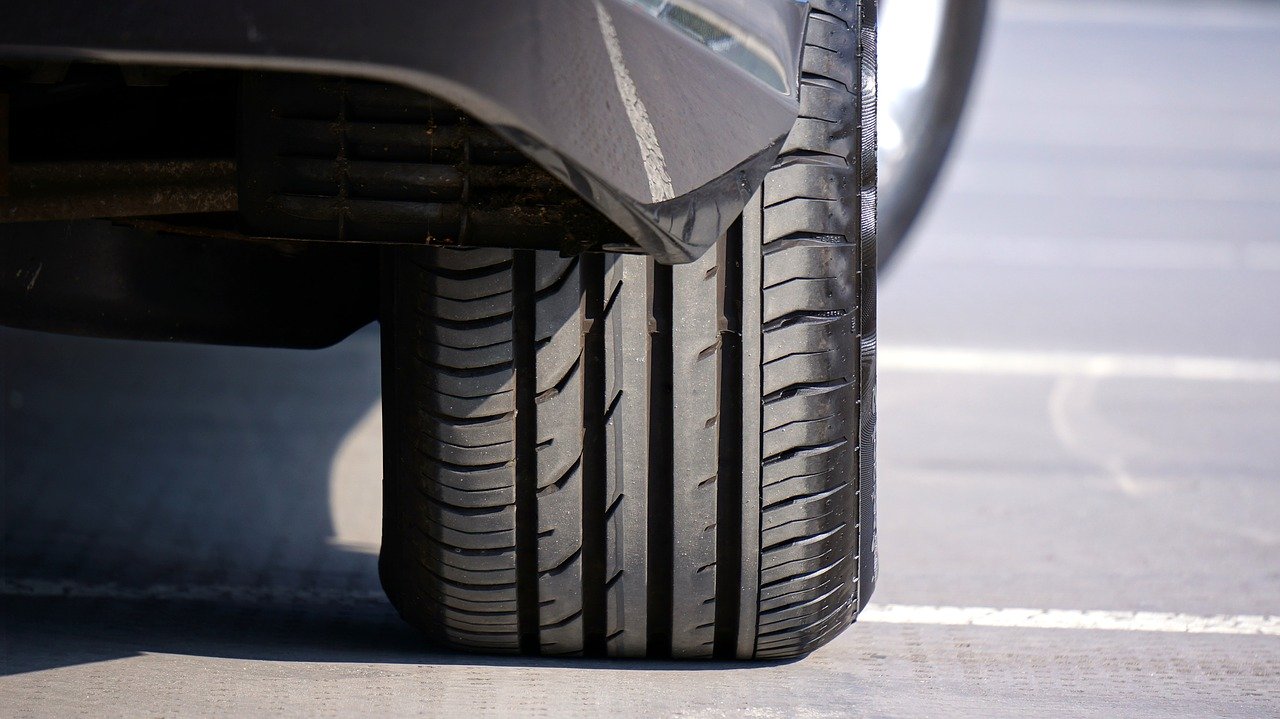
Make sure your tires are inflated to the appropriate tire pressure according to your OEM recommendations; possibly, even a little over the suggested amount so that any air lost over time is accounted for. Then, roll the tires every 3-5 days simply by driving the car back and forth a few times. This will help prevent flat spots from occurring on your tires. A simple drive to the grocery store will also suffice.
In the circumstance that your car will not be driven for at least 30+ days, then you may want to consider taking the wheels off and placing the vehicle on jack stands supported at 4 points.
Always have a full tank of gas
Like many consumable commodities, gas can expire, and quicker than you may think. If old fuel is consumed when starting the vehicle, it may have a higher moisture content than it is supposed to, which can damage your engine.
To prevent this, always keep a full tank of gas so that there is no space for additional condensation/moisture to develop within the tank. This can prevent the seals in your fuel tank from drying out, prevent ethanol buildup and corrosion, and keep your fuel fresher for longer.
If your vehicle will be stored for 30 days or longer, then you may want to consider adding a fuel stabilizer to prevent further deterioration of the fuel.
Keep the car clean and covered
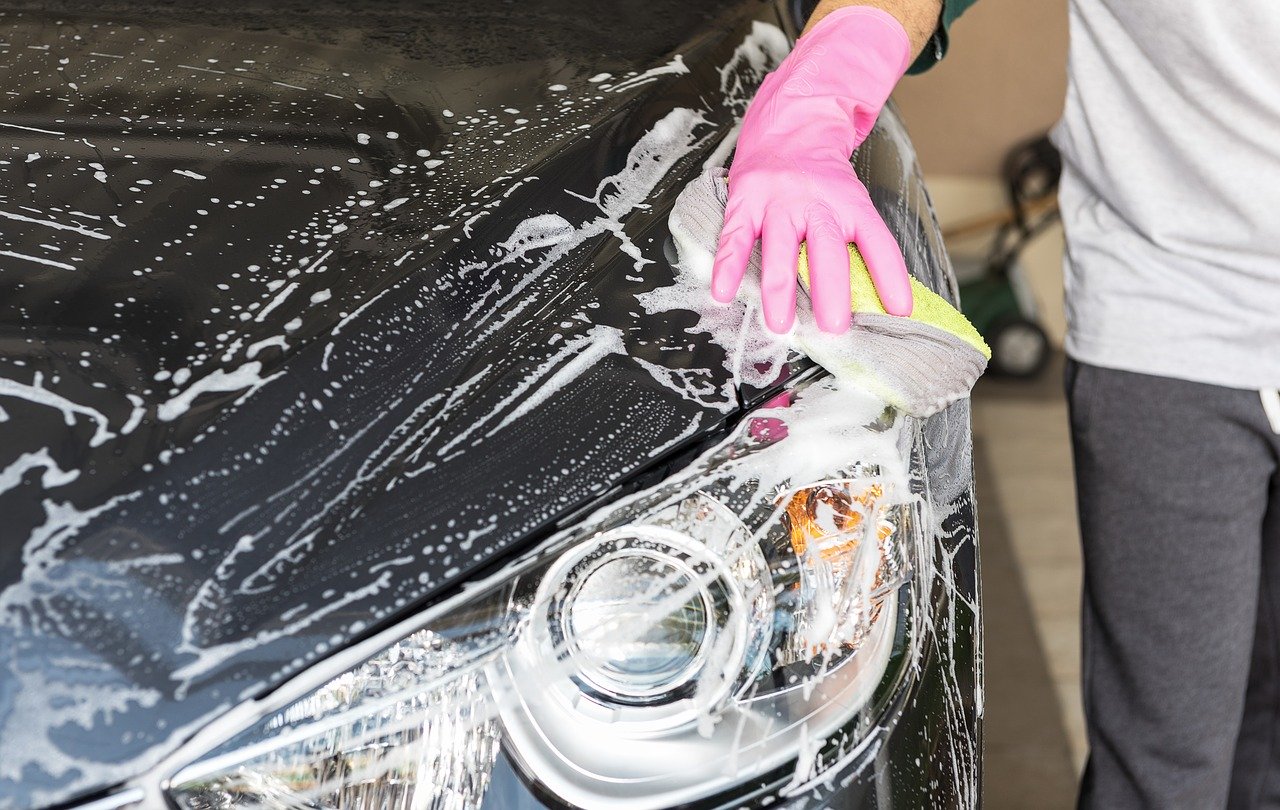
Materials will degrade faster when exposed to the elements, so if your vehicle will not be driven for one week or more, then it should be stored somewhere where it is protected from wind, sunlight, temperature fluctuation, bird droppings, etc.
Sunlight will deteriorate various surfaces of the car, such as the paint, surface finish, and interior over time. Although most vehicles do have some resistance to UV-light, they should still be stored in a place where it is shielded from sunlight when not in use.
Similarly, bird droppings can corrode areas of the paint if it is not cleaned off due to a bird’s acidic diet (berries, etc.) Other elements, such as road salt, can also cause corrosion—and, to more than just the paint. If left unattended, road salt can cause your brakes and elements of the chassis to rust and disintegrate over time. To avoid this, it is important to clean your vehicle prior to storage so that these harmful elements are removed from the surface of the vehicle.
Washing your car prior to storage doesn’t even need to involve finding a car wash. A mixture of water and car wash soap, followed by a rinse, will do. Depending upon the type of soap used, any protective coating (with the exception of ceramic coatings) may have been partially or completely removed from the car’s surface. Following a wash down, it is a good practice to immediately dry your car before applying any wax—the wax provides additional surface protection and can also prevent the paint from scratching.
A garage will usually provide the best protection, but if one is not available, then the appropriate car cover will also suffice.
Do not engage the e-brake
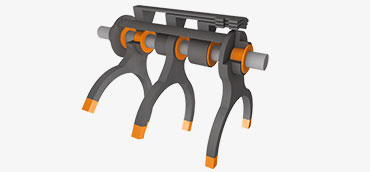 If you know that your car will remain unattended for any period longer than 3 days, then the e-brake should not be engaged. Leaving the e-brake engaged for several weeks will likely corrode the components, causing it to stay locked in place even after the lever is disengaged.
If you know that your car will remain unattended for any period longer than 3 days, then the e-brake should not be engaged. Leaving the e-brake engaged for several weeks will likely corrode the components, causing it to stay locked in place even after the lever is disengaged.
If your car has a manual transmission, a way around this is to simply leave it parked in first or reverse gear.
If your car has an automatic transmission, simply leave your car in park and do not engage the e-brake. Also, you should leave your vehicle parked on a flat surface so that it does not cause damage in the unlikely event that the parking pawl fails. Parking on a flat surface will additionally minimize the amount of strain on the parking pawl.
No need for an Italian tune-up
If you are able to drive your car once a week to ensure that everything remains in working order, then you should do so normally. Letting the vehicle rest for a few days does not cause carbon deposits to form on the cylinders, and modern-day ECU’s have rendered it obsolete.
Despite popular belief, there is also no need to red-line the engine, which could compromise the car, your safety, or the safety of others. A 20-minute drive once a week, under normal driving conditions, should be more than enough to evaporate any moisture that may have condensed into the system and allowed for excess fuel in the oil to burn off.
Final Thoughts
Keeping these tips in mind and practicing them, could seriously spare your vehicle from a trip to the mechanic, and/or identify any potential problem(s) that could lead to a more expensive fix. With so many of us working from home, or even just being inside more often than ever before, there has never been a better time to ensure that your car remains in great shape.


